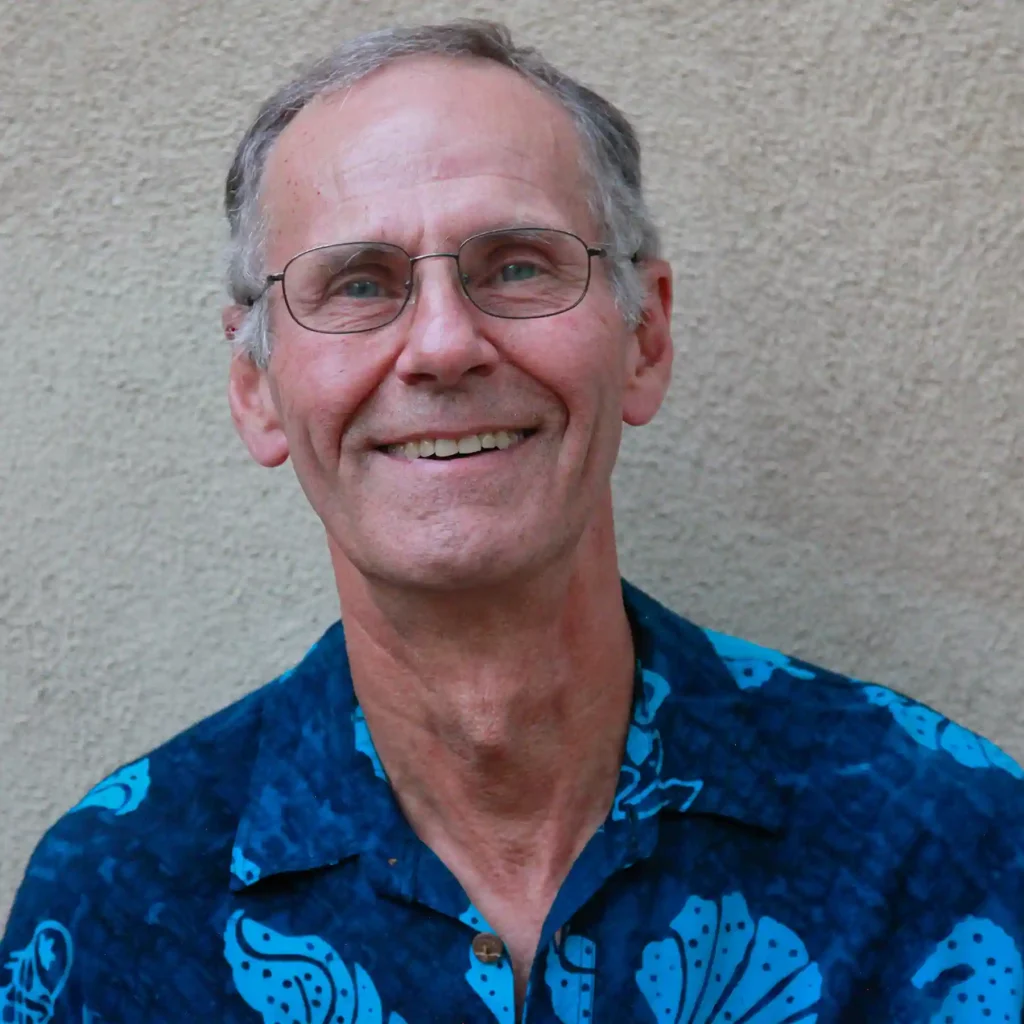From time immemorial, human beings pursued the great outdoors for solitude, observing, listening, and learning the ways of nature to enhance their own survival and empowerment. They sought solo time in nature purposefully because they found this time spent alone to be an invaluable experience. Taoist, Buddhist and Hindu hermits found isolated caves where they spent years developing their meditation skills to enhance their awareness and expand their consciousness. Likewise, shamans from many continents sought isolation in the forms of walkabouts and vision quests to increase their powers and to develop special supernatural abilities. The well-known Native American vision quest is an example of ceremonial alone time dedicated to seeking inner knowledge and direction from the spirit world.
Saints and mystics from all religions are equally known for their long stays in nature, isolated from the business of everyday life. Some of the greatest spiritual teachers of all time deepened their experience through such intense solo time, as exemplified by Jesus’ forty days and forty nights in the desert and Siddhartha Gautama who sat solitarily under the Bodhi tree for many days and nights. Mohammed spent years in retreat meditating, as have many Christian saints. In fact, it would be safe to say that any true spiritual leader who never spent time alone in nature is the exception rather than the rule.
What then is so valuable about solo time that inspires the most advanced teachers and thinkers in world history to invest so much of their time indulging it?
Solo time in nature is worth its weight in gold when it comes to relief from the daily grind of stressful conditions at work, but relief from work stress is far from the only advantage offered by solo time in nature.
More than ever, people are faced with enormous challenges and questions never faced before by those who have preceded them. Too often our leaders try to solve present challenges with old strategies and solutions, a path that results in poor, if not disastrous, consequences. What is so desperately needed is alone time with special circumstances; not just alone time, but solo time in nature in order to recharge the batteries for the challenges that lie ahead.

Remote Shamanic Healing
Each month, around the new and full moons, Jose, Lena or Anna leads a remote shamanic healing session. These approximately 30 minute sessions are designed to be experienced in a quiet, safe place free from distraction. Even if you cannot join live they can be very powerful, and always include a good clearing and beautiful icaros. These are live webinars where you cannot be seen or heard. You can hear the practitioner and see their altar for that evening. Recording access is included for 48 hours afterwards. See the product description for dates and times.
The mystics and shamans of old went to nature because they knew that the only way to recharge was to connect with something more powerful than they. What better way to recharge than to sit on a mountaintop or under a tree for a few days and nights? They knew that some of that natural power could be gathered and stored using special techniques and applied later to their active endeavors. There is no reason why a business or organizational leader cannot learn and apply similar techniques to recharge, gather, store, and apply the renewed vitality gained from solo time.
FAQ
What is the difference between back packing, camping, and vacationing outdoors and a bona fide solo?
In a true solo there are no outer distractions, nothing to leak or help discharge the power of the experience. Prior to and during the solo there is an all-important declared intent, a riveting focus to break through to gather power and clarity. This focus, this intent, makes all the difference in the world and distinguishes time alone from an ordinary vacation. In fact, a solo is anything but a vacation and therefore should be considered as part of a working strategy. While an intent and solo time in a natural environment are actually sufficient to accomplish a great deal, there are other important additions to a solo that enhance its effectiveness enormously. First of all, during a solo a participant can engage in a series of powerful ancient practices designed specifically to break through old patterns, gather and store vitality, and enhance visioning. Secondly, there is great power in doing a solo under the guidance of a master or experienced solo guide who supervises the experience of several people doing solos in the vicinity. This brings a measure of safety to the experience as well as a sense of community even though the time is spent in solitary. After the solo the group can gather, share, and integrate their experiences, thus providing much greater overall insight and learning.
What happens on a solo?
The good thing about nature solos is that they can be tailored to a vast number of varying needs and requirements. A solo can be planned with simple but adequate food, water, clothing, a sleeping bag and pad, and even a tent, if conditions warrant. A person may elect to take a tent or not, a flashlight or no light and so on. There are no hard and fast rules as there are in a traditional Native American vision quest.
In general, during a solo the participant is encouraged to stay within a circle with a radius of eighty feet in a designated location. Cell phones, pagers, radios, CD and tape players, books, and all such distractions are left behind.
What are the challenges of the solo?
1. Boredom. Many people have become addicted to stress and have a challenge experiencing an environment that can be exceptionally peaceful.
2. Safety concerns, especially for women. A system of pairing with a buddy in the vicinity and checking in each day increases the safety factor.
3. Seasonal insects may drive the soloist into the protection of their tent.
4. Cold, heat, rain, and other natural phenomena
What are the benefits?
Spiritual renewal, relaxation, greater sense of purpose, clarity in concentration, vision and intent, renewed sense of meaning, greater vitality, inspiration for projects and work, more disciplined, imaginative, productive and positive, increased problem solving skills.
Tags:

José Stevens
José Luis Stevens, PhD is the president and co-founder (with wife Lena) of Power Path Seminars, an international school and consulting firm dedicated to the study and application of shamanism and indigenous wisdom to business and everyday life. José completed a ten-year apprenticeship with a Huichol (Wixarika) Maracame (Huichol shaman) in the Sierras of Central Mexico. In addition, he is studying with Shipibo shamans in the Peruvian Amazon and with Paqos (shamans) in the Andes in Peru. In 1983 he completed his doctoral dissertation at the California Institute of Integral Studies focusing on the interface between shamanism and western psychological counseling. Since then, he has studied cross-cultural shamanism around the world to distill the core elements of shamanic healing and practice. He is the author of twenty books and numerous articles including Encounters With Power, Awaken The Inner Shaman, The Power Path, Secrets of Shamanism, Transforming Your Dragons and How To Pray The Shaman’s Way.




